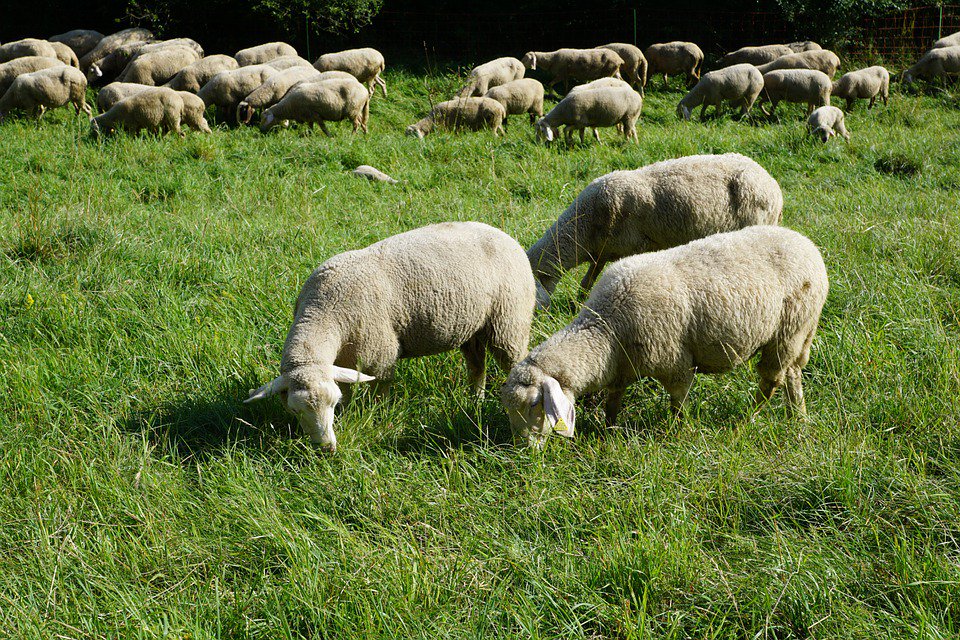2020 has seen a remarkable increase in price in the sheep sector for both finished and store lambs. Reports from the College of Agriculture, Food and Rural Enterprise (CAFRE) business development group members also highlight fewer mortalities this year aided by the good spring.
All of this, coupled with good technical efficiency, should lead to positive margins for sheep enterprises at the end of this financial year.
Gareth Beacom, CAFRE beef and sheep adviser Enniskillen, highlights that lamb prices are well above the five-year average.
The current average price for lambs in 2020 is 440p/kg which is 51 p/kg higher than the five-year average of 389p/kg.Furthermore, the average lamb price from July to October (peak season for spring-born lambs) remained uncharacteristically high at 425p/kg, 69p above the five-year average for this same period (356p/kg).
With this in mind, sheep farmers face an excellent opportunity to reinvest in their sheep enterprise this year in order to capitalise on this.
If reinvestment is made wisely it can lead to improved performance and production efficiency for the years ahead.
One potential area of reinvestment that will help improve returns is animal health, for example abortion vaccines, mineral boluses or other preventative treatments.
Improving health
These all have the potential to improve the health and welfare of the flock, hence improving both lamb crop and lamb daily liveweight gain.
One example of this is foot rot vaccine. Research at Liverpool University found it prevented 62% of foot rot cases and 32% of contagious ovine digital dermatitis (CODD) cases.
Beacom added:
“Another area where reinvestment will recoup instant rewards is in grazing infrastructure.
The AFBI [Agri-Food and Biosciences Institute] ‘lamb from grass’ project highlighted how adopting a simple paddock-grazing system has the potential to both grow and utilise more grass, hence decreasing the reliance on concentrate and improving output per hectare.
“Investing in easy-to-use electric fence reels and increasing the number of drinking points in the grazing area can help make a paddock system much less labour intensive that can suit both full-time and part-time farmers alike.”
A recent event held by the Northern Ireland sheep programme highlighted the benefits of data capture and its use in aiding breeding decisions.
EID recording technology allows you to easily monitor lamb performance throughout the year and links this data to their parents.
Best and worst performing
Beacom highlighted:
This will help identify your best and worst performing ewes and rams which is invaluable information when it comes to making informed breeding decisions. There are many options currently available to farmers to help make data recording an easy and less cumbersome task.
Teagasc found that a well-designed sheep-handling facility has the potential to reduce the time worked per ewe by 1.28 hours per ewe, which equates roughly to 16 days per annum for a 100-ewe flock.
It also improves safety and welfare for both the ewes and the handler, as well as minimising the effort required to carry out a lot of jobs which encourages the uptake of more preventative treatments.
To conclude, Gareth highlighted:
Now is a quieter time of year on sheep farms and this gives an excellent opportunity to think about improvements that can be made in the year ahead.
“Careful planning needs to be taken into consideration when looking at on-farm investments to decide which has the most potential to improve profitability and efficiency for years to come.”

